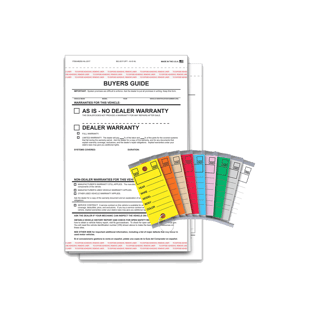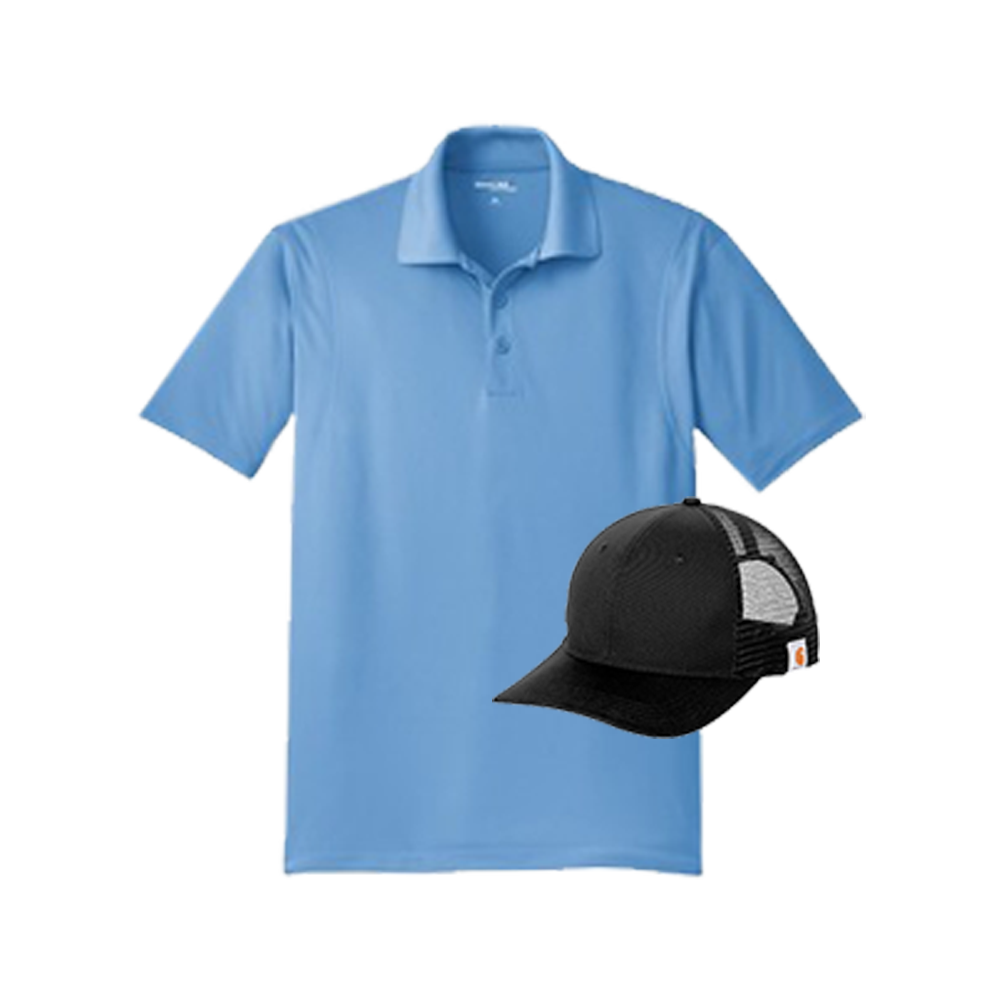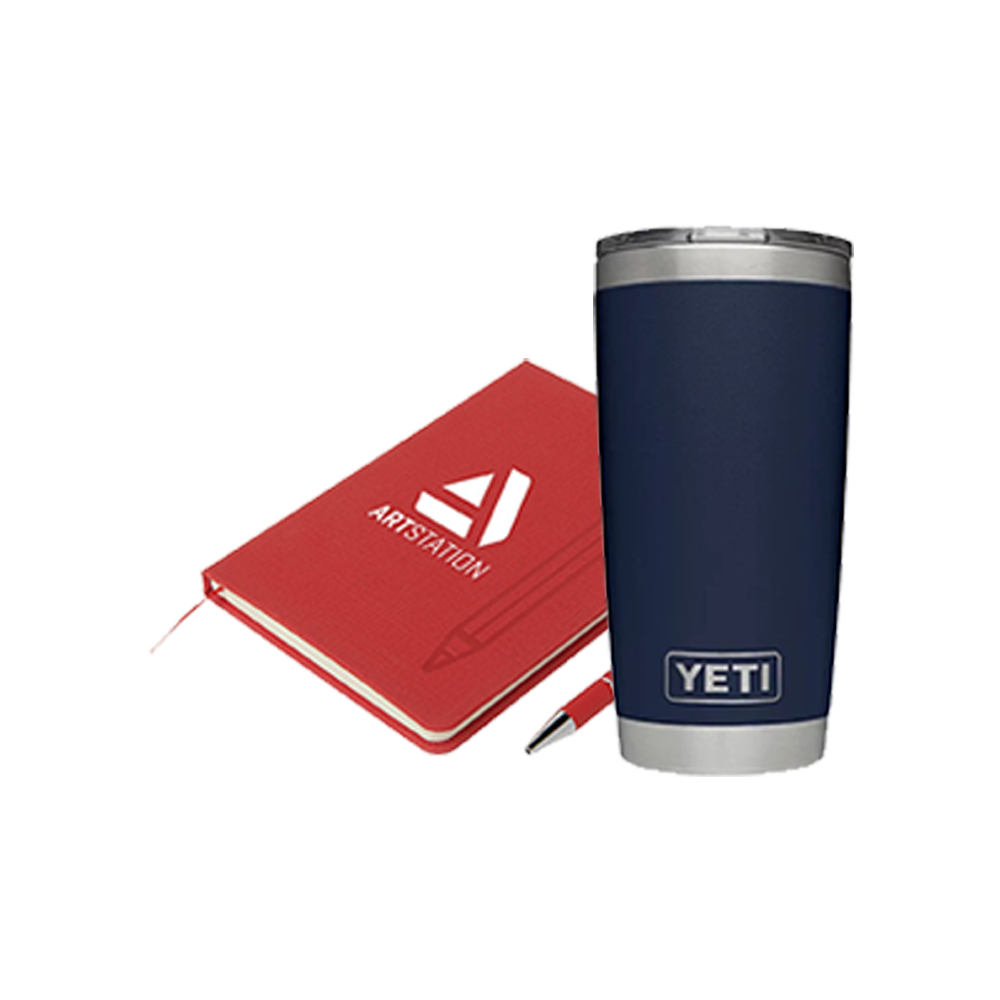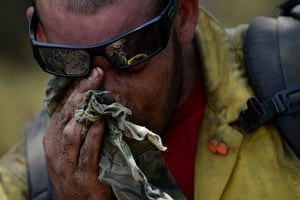Workers who are exposed to extreme heat or work in hot environments may be at risk of heat stress. Exposure to extreme heat can result in occupational illnesses and injuries. Heat stress can result in heat stroke, heat exhaustion, heat cramps, or heat rashes. Heat can also increase the risk of injuries in workers as it may result in sweaty palms, fogged-up safety glasses, and dizziness.
This article will touch upon symptoms, preventative measures and how to treat the following:
Workers at greater risk of heat stress include those who are 65 years of age or older, are overweight, have heart disease or high blood pressure, or take medications that may be affected by extreme heat.
Heat Stroke
Heat stroke is the most serious heat-related disorder. It occurs when the body becomes unable to control its temperature: the body's temperature rises rapidly, the sweating mechanism fails, and the body is unable to cool down. When heat stroke occurs, the body temperature can rise to 106 degrees Fahrenheit or higher within 10 to 15 minutes. Heat stroke can cause death or permanent disability if emergency treatment is not given.
Symptoms of Heat Stroke include:
- Hot, dry skin or profuse sweating
- Hallucinations
- Chills
- Throbbing headache
- High body temperature
- Confusion/dizziness
- Slurred speech
First Aid
Take the following steps to treat a worker with heat stroke:
- Call 911 and notify their supervisor.
- Move the sick worker to a cool shaded area.
- Cool the worker using methods such as:
- Soaking their clothes with water.
- Spraying, sponging, or showering them with water.
- Fanning their body.
Heat Exhaustion
Heat exhaustion is the body's response to an excessive loss of the water and salt, usually through excessive sweating. Workers most prone to heat exhaustion are those that are elderly, have high blood pressure, and those working in a hot environment.
Symptoms of Heat Exhaustion include:
- Heavy sweating
- Extreme weakness or fatigue
- Dizziness, confusion
- Nausea
- Clammy, moist skin
- Pale or flushed complexion
- Muscle cramps
- Slightly elevated body temperature
- Fast and shallow breathing
First Aid
Treat a worker suffering from heat exhaustion with the following:
- Have them rest in a cool, shaded or air-conditioned area.
- Have them drink plenty of water or other cool, nonalcoholic beverages.
- Have them take a cool shower, bath, or sponge bath.
Heat Syncope
Heat syncope is a fainting (syncope) episode or dizziness that usually occurs with prolonged standing or sudden rising from a sitting or lying position. Factors that may contribute to heat syncope include dehydration and lack of acclimatization.
Symptoms of Heat Syncope include:
- Light-headedness
- Dizziness
- Fainting
First Aid
Workers with heat syncope should:
- Sit or lie down in a cool place when they begin to feel symptoms.
- Slowly drink water, clear juice, or a sports beverage.
Heat Cramps
Heat cramps usually affect workers who sweat a lot during strenuous activity. This sweating depletes the body's salt and moisture levels. Low salt levels in muscles causes painful cramps. Heat cramps may also be a symptom of heat exhaustion.
Symptoms of Heat Cramps include:
- Muscle pains of spasms, usually in the abdomen, arms, or legs.
First Aid
Workers with heat cramps should:
- Stop all activity, and sit in a cool place.
- Drink clear juice or a sports beverage.
- Do not return to strenuous work for a few hours after the cramps subside because further exertion may lead to heat exhaustion or heat stroke.
- Seek medical attention if any of the following apply:
- The worker has heart problems.
- The worker is on a low-sodium diet.
- The cramps do not subside within one hour.
Heat Rash
Heat rash is a skin irritation caused by excessive sweating during hot, humid weather.
Symptoms of Heat Rash include:
- Heat rash looks like a red cluster of pimples or small blisters.
- It is more likely to occur on the neck and upper chest, in the groin, under the breasts, and in elbow creases.
First Aid
Workers experiencing heat rash should:
- Try to work in a cooler, less humid environment when possible.
- Keep the affected area dry.
- Dusting powder may be used to increase comfort.
Preventative Measures
Employers should take the following steps to protect workers from heat stress:
- Provide cool water or liquids to workers.
- Avoid drinks with caffeine, alcohol, or large amounts of sugar.
- Provide rest periods with water breaks.
- Provide cool areas for use during break periods.
- Monitor workers who are at risk of heat stress.
- Have employees monitor their physical condition and that of their coworkers.
- Provide heat stress training that includes information about:
- Worker risk
- Prevention
- Symptoms
- The importance of monitoring yourself and coworkers for symptoms
- Treatment
Prevention of heat related illness in workers is important. Employers should provide this information to workers so they understand what heat stress is, how it affects their health and safety, and how it can be prevented.
Source: Centers for Disease Control and Prevention




